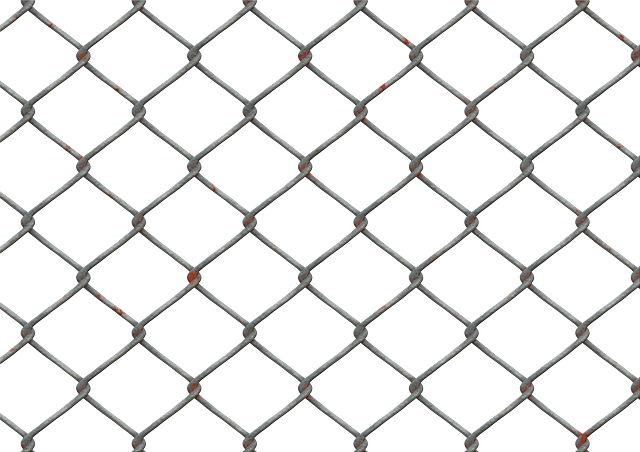In coastal regions, where harsh weather conditions and salt air pose unique challenges, durable wooden fencing is a popular choice for both aesthetic appeal and functional purposes. This article delves into the essential aspects of selecting and maintaining robust wood fences designed to withstand the rigors of coastal environments. We explore how understanding local climate conditions translates into longer-lasting fence systems, highlighting the benefits of natural materials and expert installation techniques. Additionally, practical maintenance tips are provided to ensure these fences remain a reliable boundary for years to come.
- Understanding Coastal Conditions for Fencing Durability
- Benefits of Wooden Fencing in Coastal Environments
- Choosing the Right Wood Species for Coastal Resistance
- Installation Techniques for Longevity in Salt Air
- Maintenance Tips to Preserve Your Coastal Fence
Understanding Coastal Conditions for Fencing Durability
Understanding the unique coastal conditions is paramount when selecting fencing materials, especially durable wooden options. Coastal areas are often subject to harsh weather patterns, including high winds, heavy rainfall, and salt mist from the ocean. These elements can significantly impact the longevity of any outdoor material. For wood, which is naturally susceptible to rot and insect damage, it’s crucial to choose a species that can withstand these challenges.
Therefore, when considering wooden fencing for coastal properties, look for dense, naturally durable hardwoods like cedar or redwood. These woods have inherent resistance to decay and insect infestations due to their chemical composition. Additionally, treating the wood with preservatives before installation can further enhance its durability, ensuring that your fence remains robust against the demanding coastal environment.
Benefits of Wooden Fencing in Coastal Environments
Wooden fencing offers numerous advantages when it comes to coastal environments, making it a popular and sustainable choice for homeowners and businesses alike. One of its key benefits is durability; treated wooden fences can withstand the harsh conditions brought on by salt water, strong winds, and salty air. This longevity ensures that your fence remains in excellent condition, reducing the need for frequent replacements.
Moreover, wood fencing provides a natural aesthetic that seamlessly blends with coastal landscapes. Its organic beauty adds warmth and character to any property, creating an inviting atmosphere. With proper care and maintenance, wooden fences can become iconic features, enhancing the overall charm and value of coastal properties while providing much-needed privacy and security.
Choosing the Right Wood Species for Coastal Resistance
When selecting wood for coastal fencing, understanding resistance to elements is key. Not all woods are created equal when faced with saltwater, wind, and sunlight—all common challenges in coastal areas. Certain species naturally possess properties that make them more durable and less prone to rot or insect infestation. For instance, cedar is a popular choice due to its inherent resistance to decay and ability to withstand harsh weather conditions.
Other options include tropical hardwoods like ipe or teak, which offer exceptional strength and durability. These woods have high oil content, making them water-resistant and less susceptible to mold and mildew. Additionally, treating certain softwoods with preservatives can significantly enhance their coastal resistance, ensuring they stand the test of time without regular replacement.
Installation Techniques for Longevity in Salt Air
The installation process plays a pivotal role in ensuring the longevity of wooden fencing in coastal environments, particularly where salt air is prevalent. One effective technique involves pre-treating the wood before assembly. This can be done by soaking or brushing on preservatives specifically designed to resist saltwater corrosion. By doing so, the wood’s natural resins are enhanced, providing a protective barrier against the harsh marine environment.
During installation, it’s crucial to use proper fastenings like stainless steel screws or nails to avoid rusting. Gaps should be minimal to prevent water accumulation, which can lead to rot. Additionally, sealing the fence post-installation with waterproof sealants or paint designed for outdoor use will further protect against salt air corrosion, ensuring the fence’s structural integrity for years to come.
Maintenance Tips to Preserve Your Coastal Fence
To ensure your durable wooden fencing remains in top condition in a coastal environment, regular maintenance is key. One of the most important steps is to clean the fence regularly using a soft brush or cloth to remove any salt buildup from the sea air, which can cause damage over time.
Apply a fresh coat of high-quality sealant every 1-2 years to protect the wood from moisture and UV rays. This simple routine will help prolong the life of your fence, keeping it looking as good as new for years to come.
